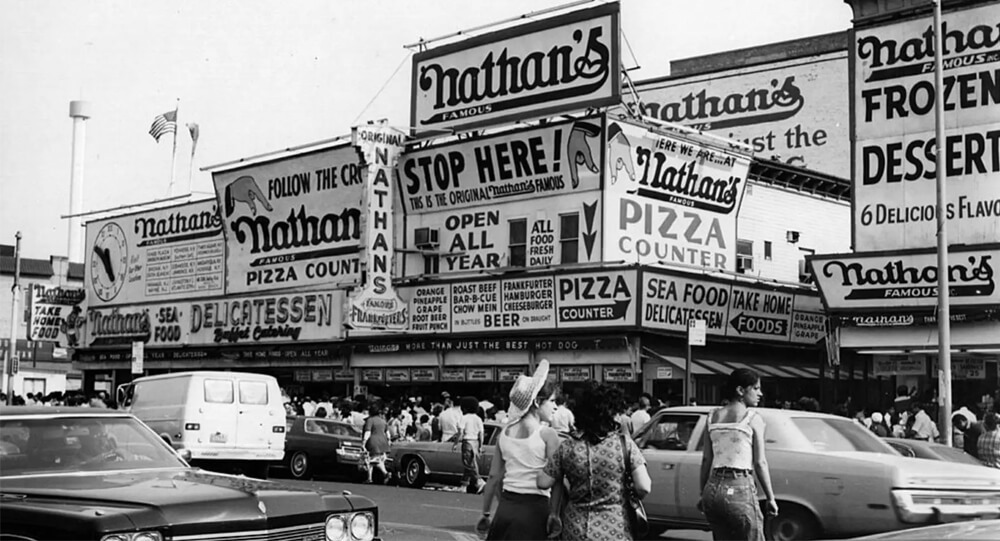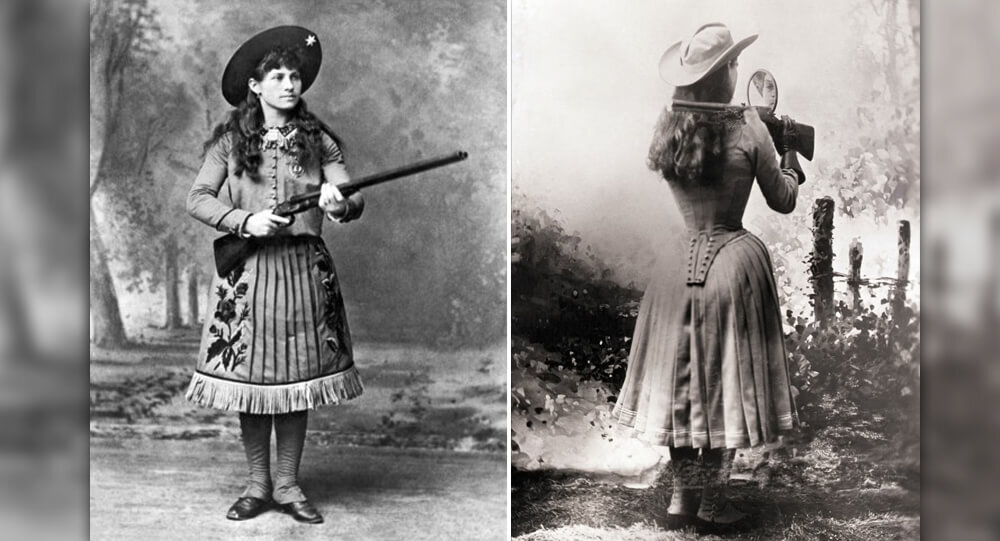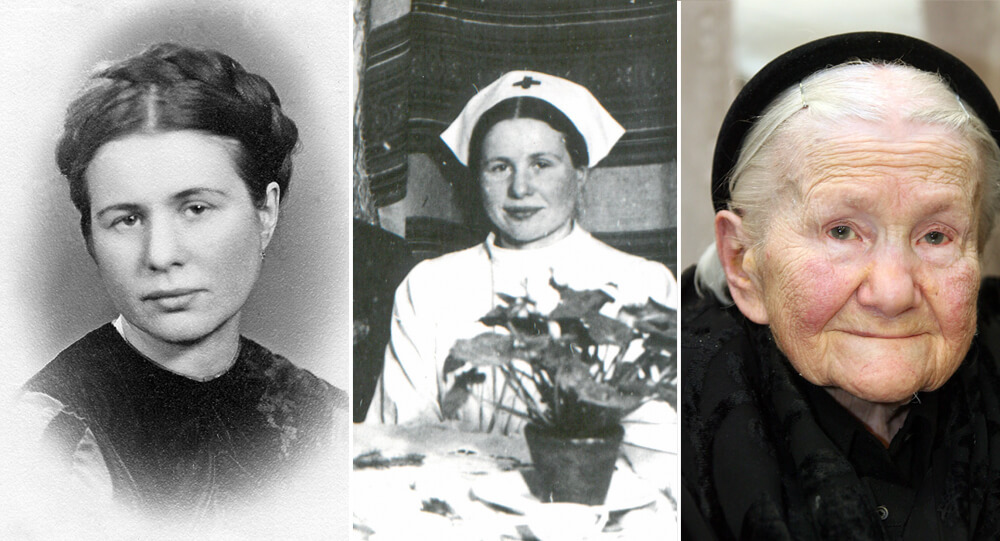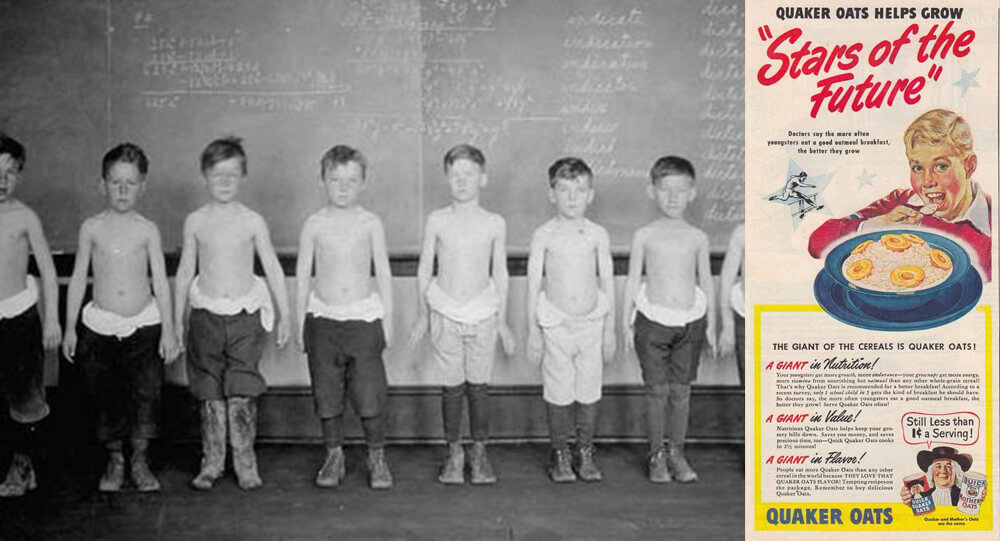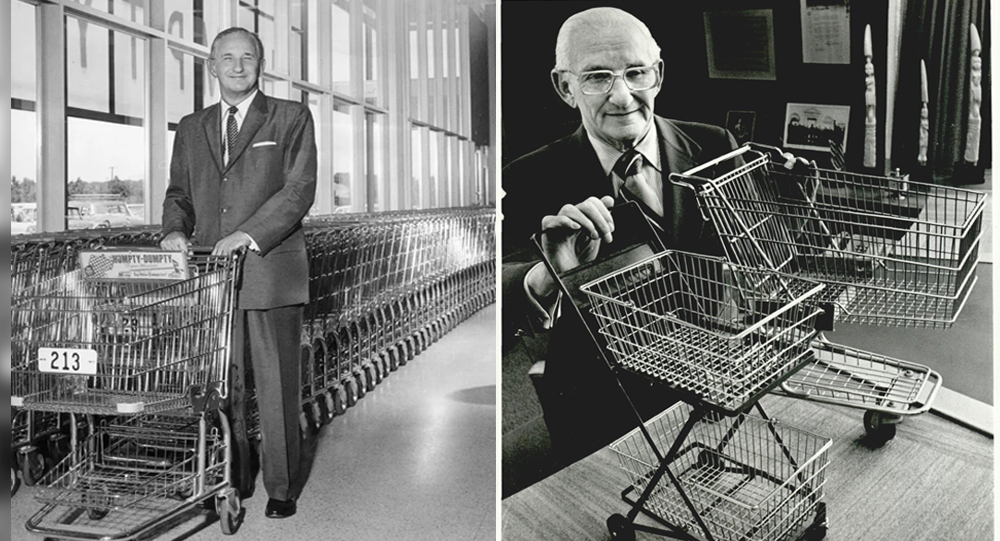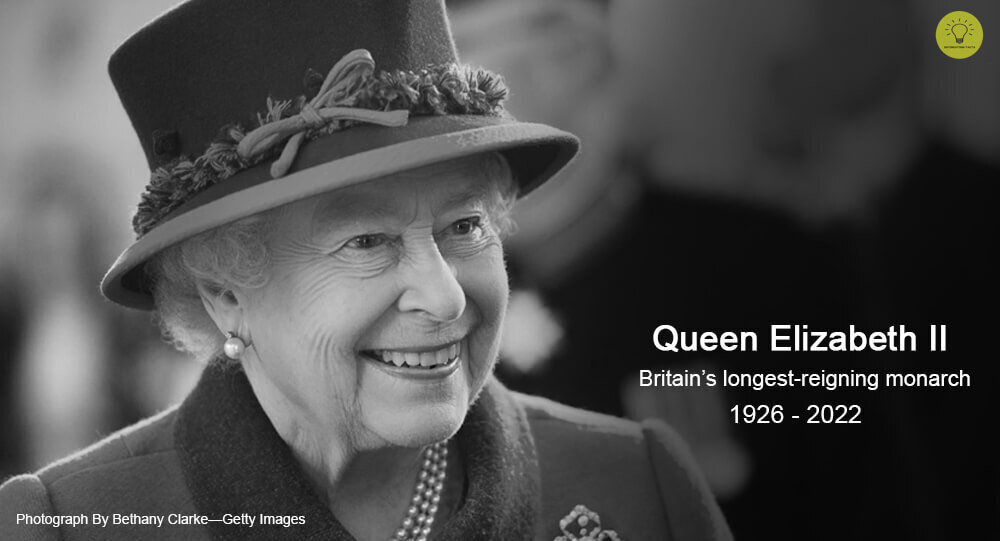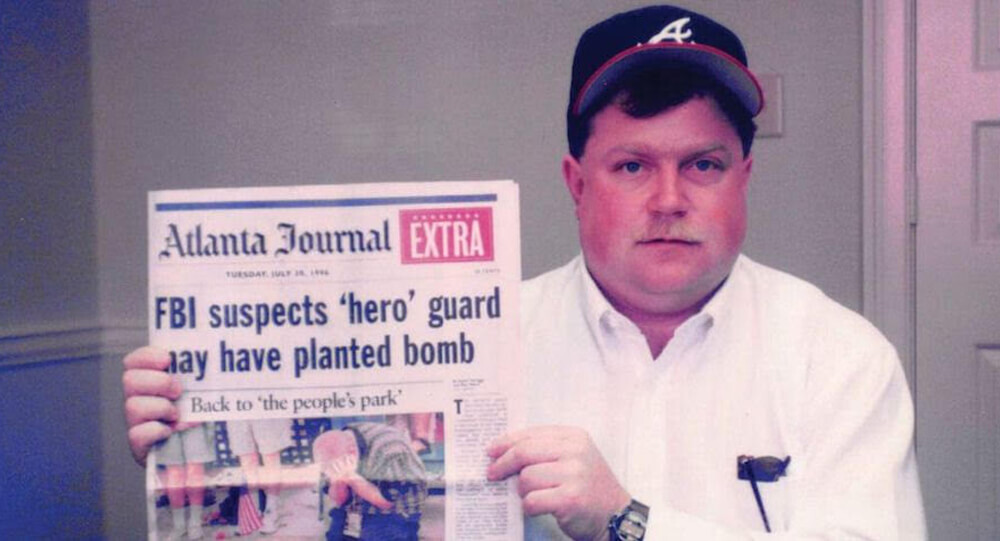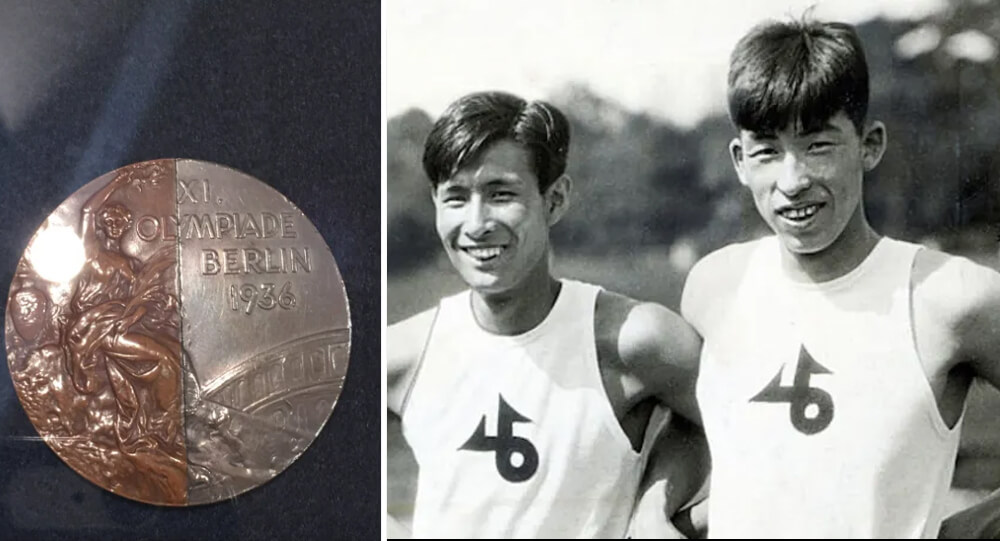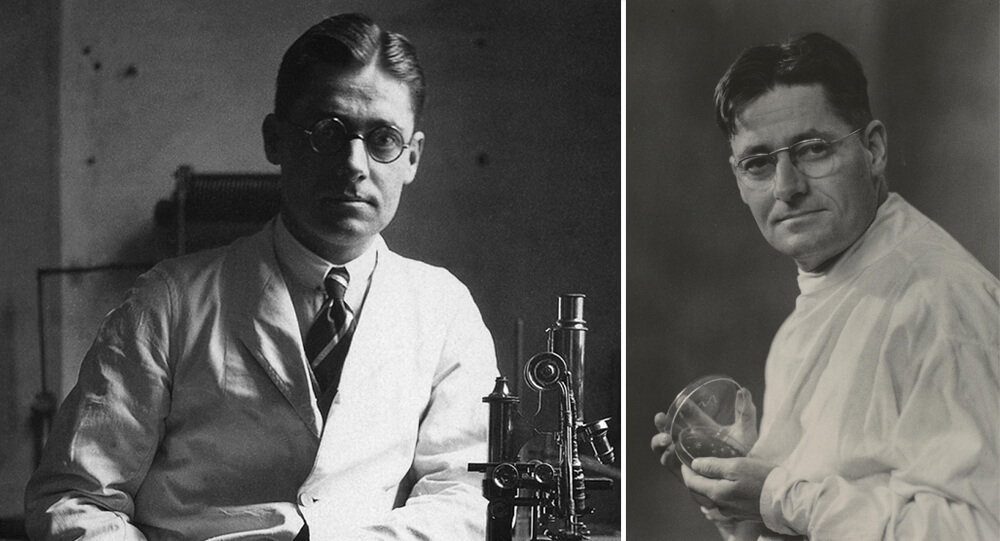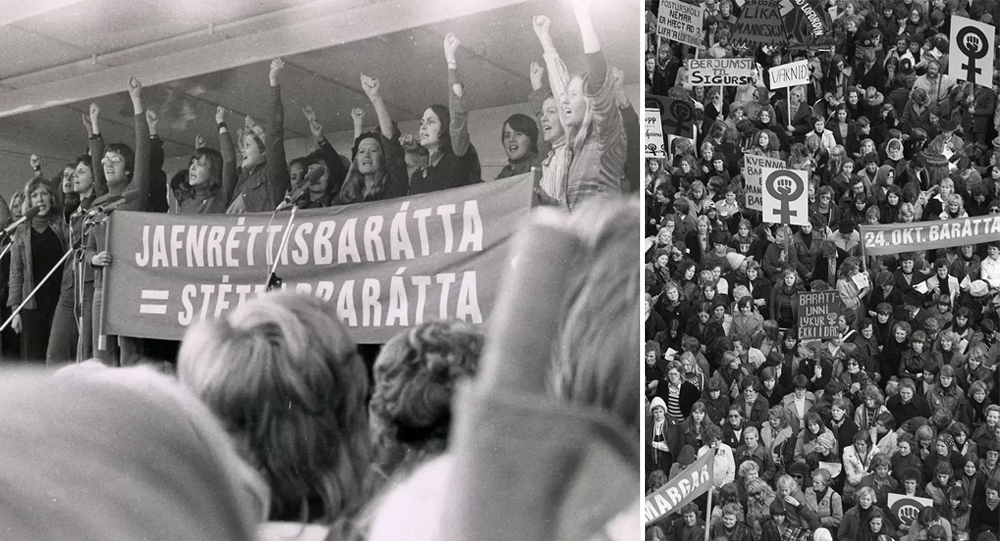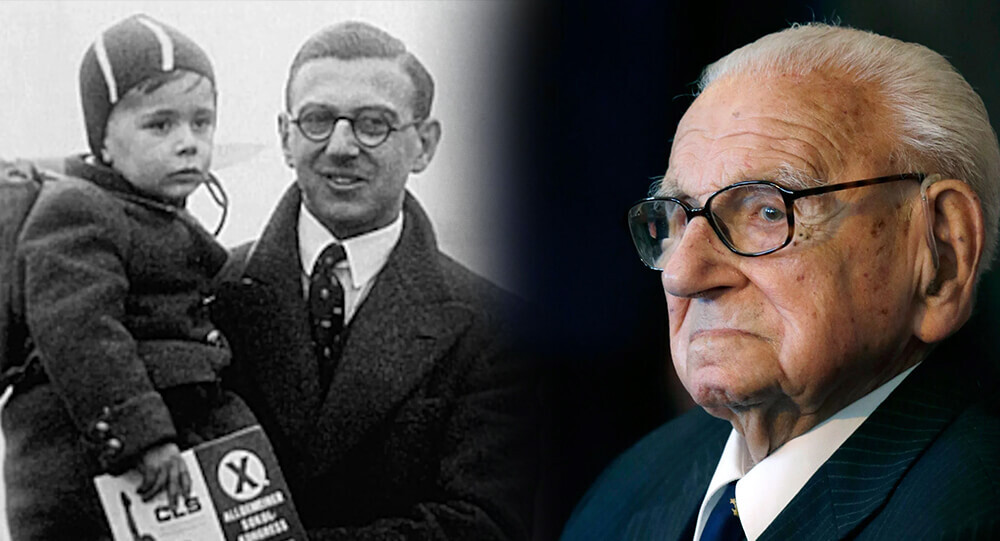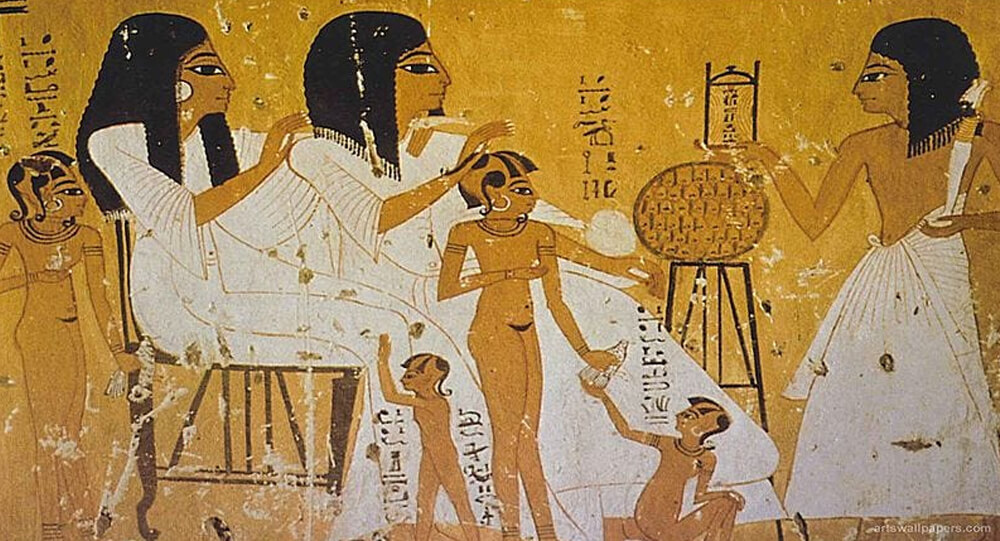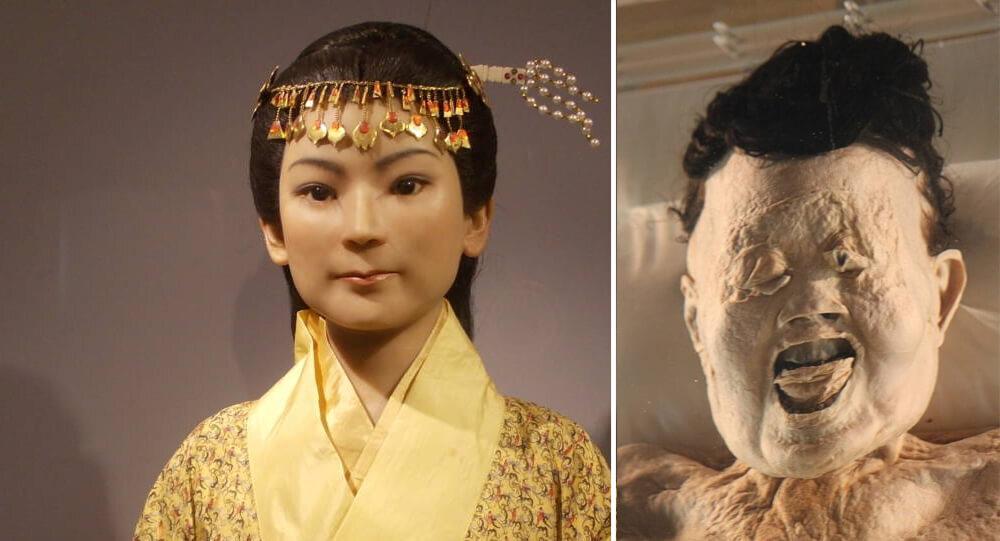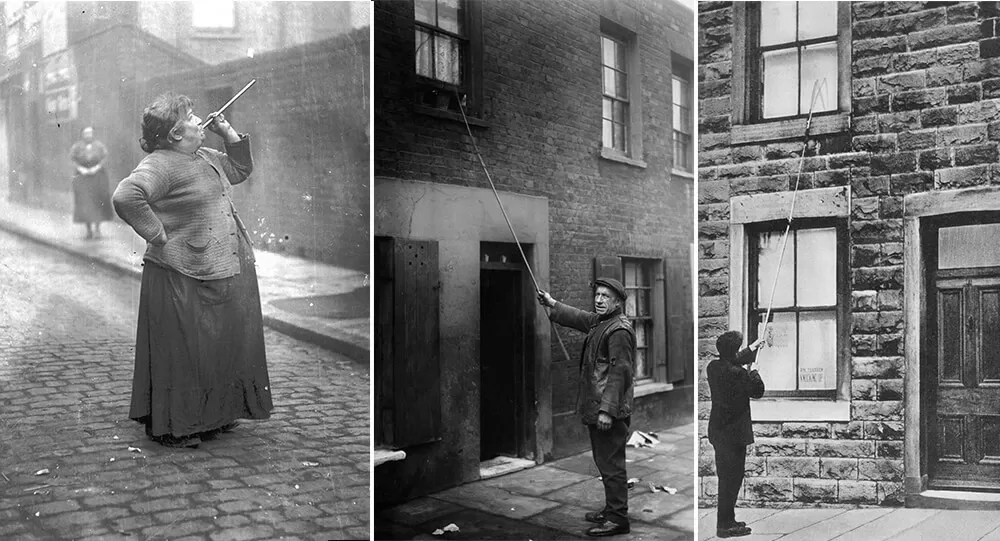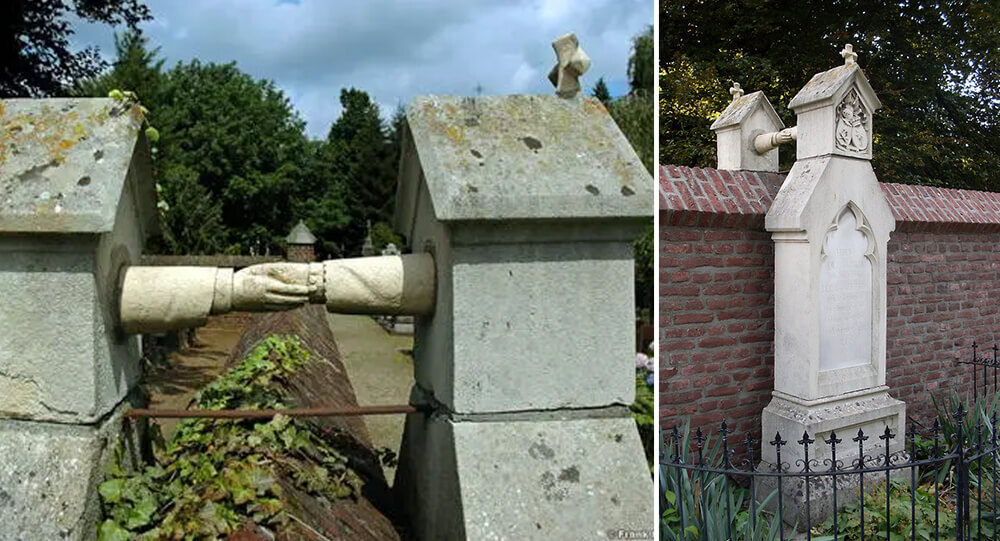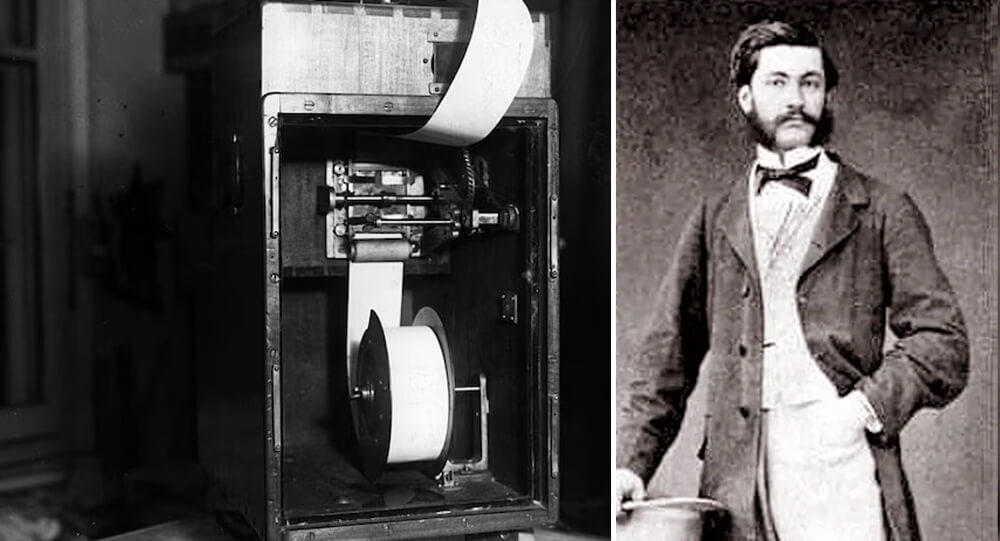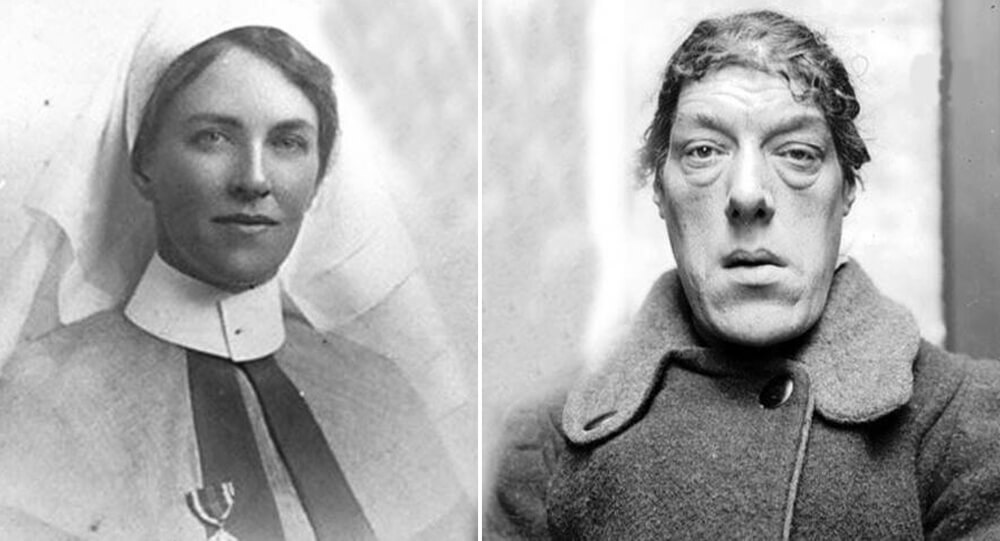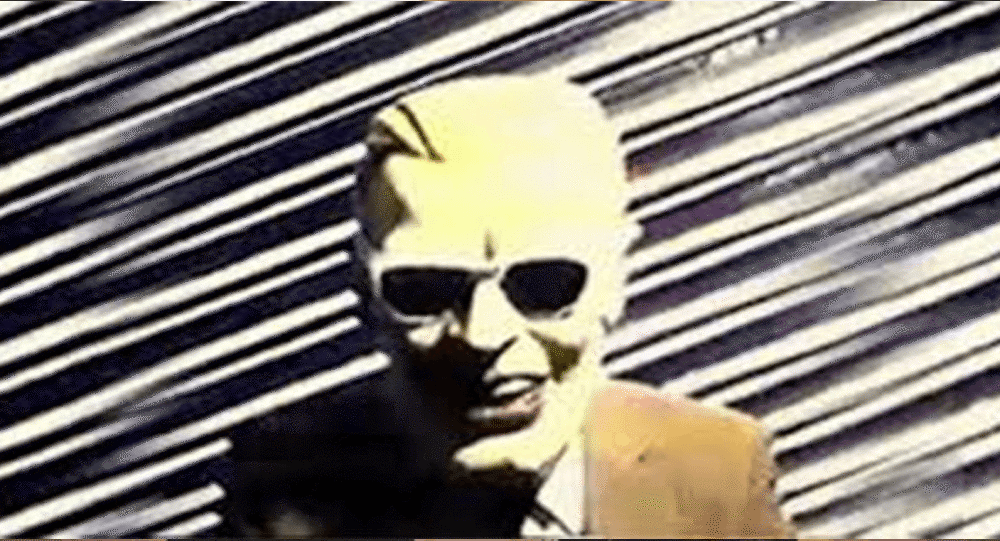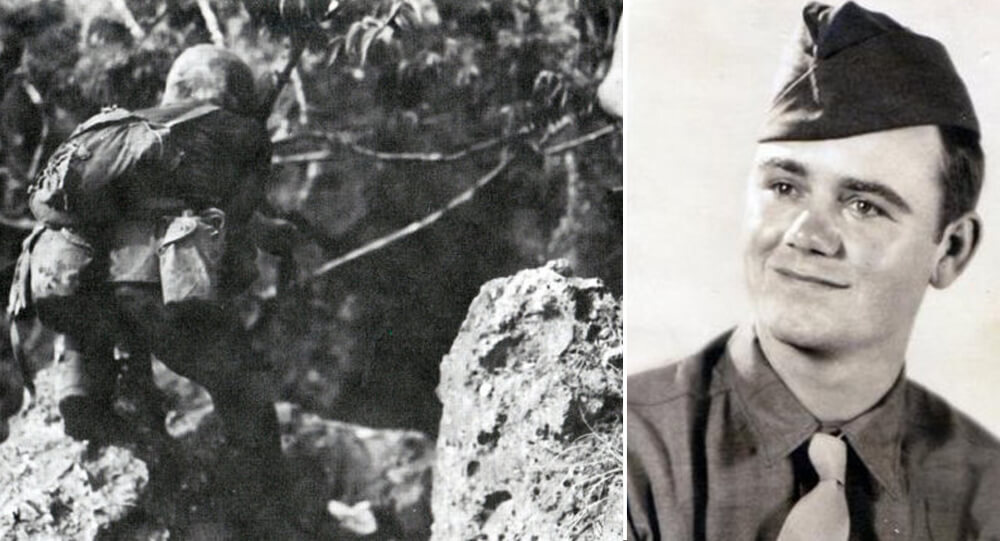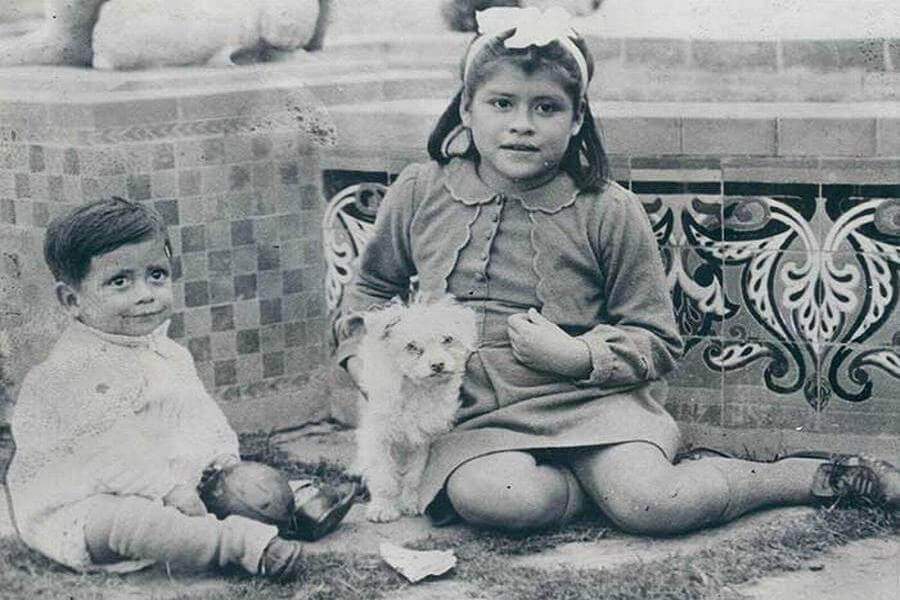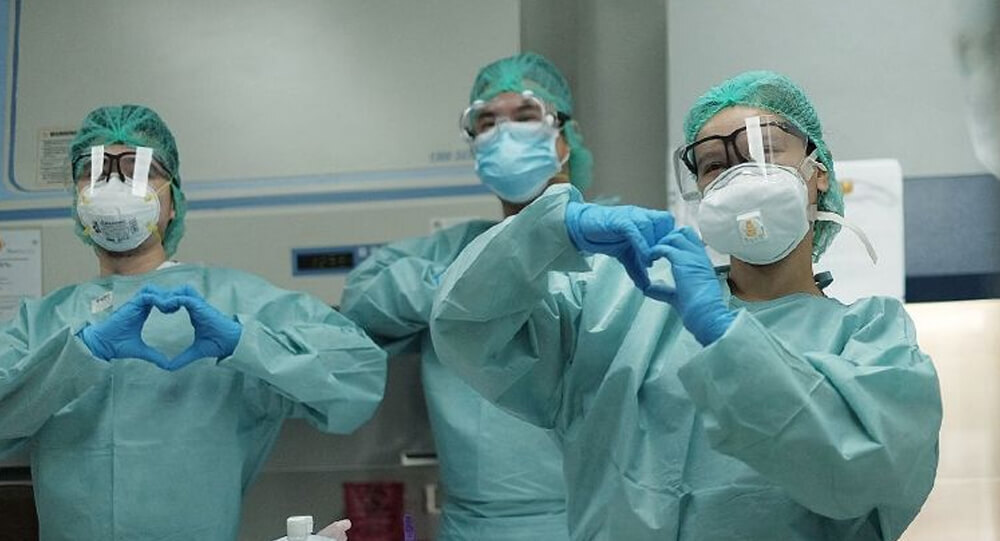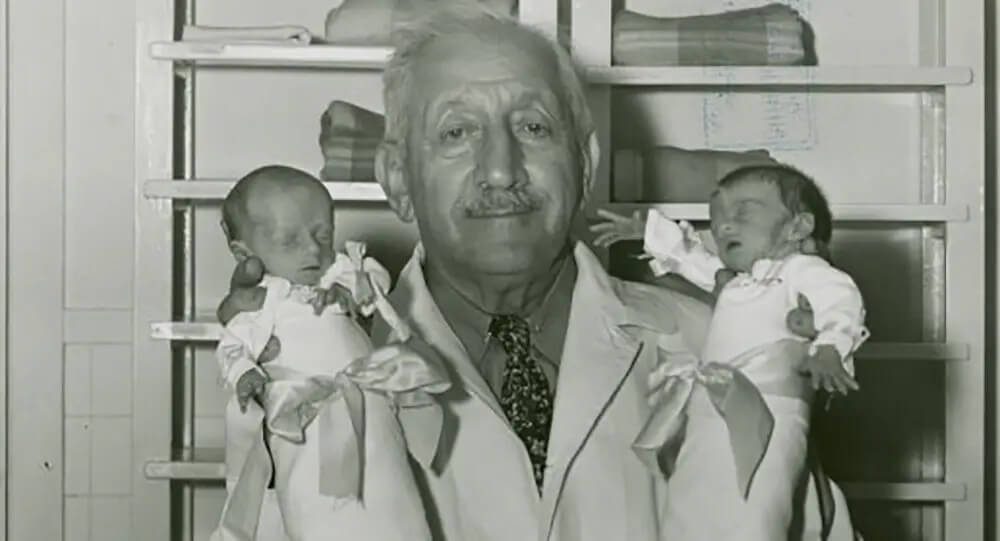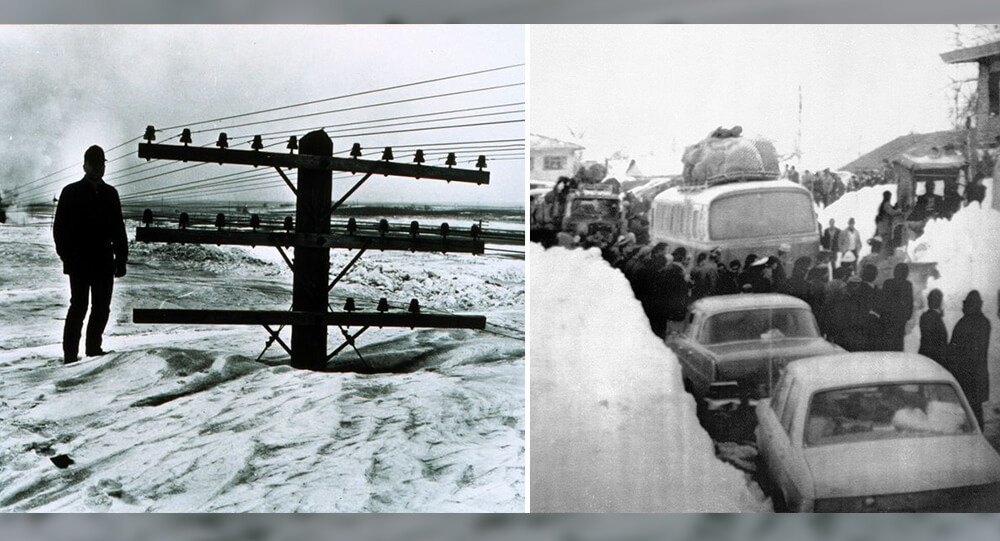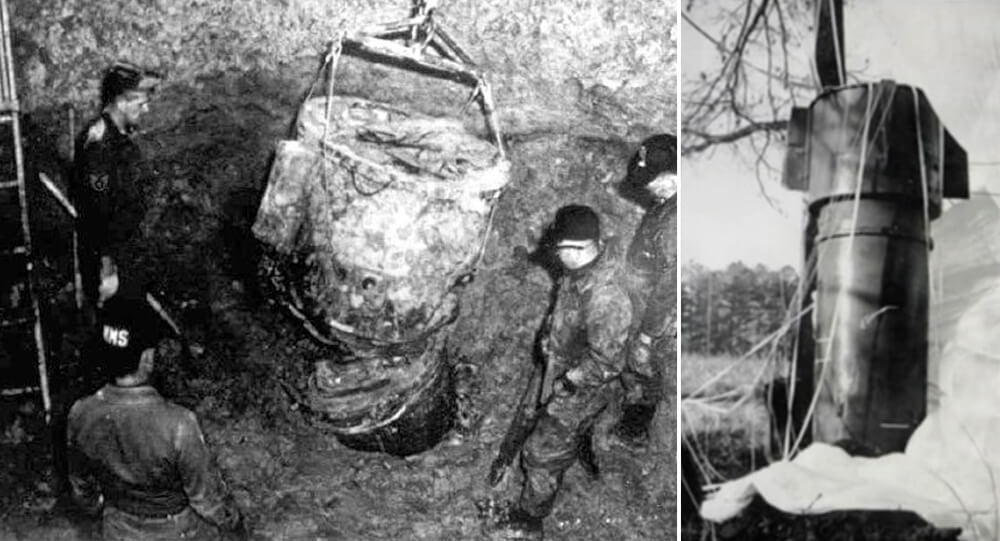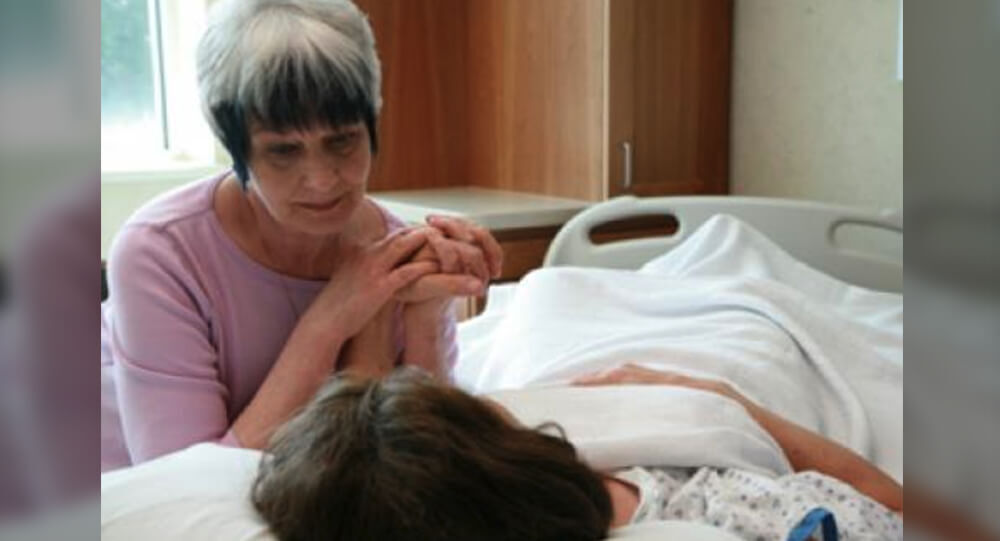
The presence of compassionate company can make a world of difference when people are facing their most vulnerable times at the end of life. No one should experience death alone, according to the remarkable “No One Dies Alone” program, which has gained momentum on a global scale. The history of this program is explored in depth in this article, including its beginnings, the crucial role of volunteers, its effects and advantages, and some moving personal accounts. It also explores the difficulties encountered in putting such a program into action and highlights the successes. Finally, it envisions the “No One Dies Alone” movement’s continued development and growth in the years to come.
Origins and Evolution of the Program
The “No One Dies Alone” program’s beginnings can be traced to the kind initiatives of a select group of people who understood the value of company at the end of life. Nurses in Oregon named Sandra Clarke and other pioneers began giving their time freely to be present with patients who had no family or friends nearby. Through their perseverance, this modest concept quickly gained support and spread to hospitals and hospices all over the nation.
As the program gained traction, more medical facilities realized how crucial it was to offer companionship to those dying alone. The “No One Dies Alone” initiative has grown into a widespread movement in the present day, with countless volunteers providing their presence and assistance to those in need.
Sandra Clarke was on her way to her night shift at the hospital where she was employed in 1986. Despite the fact that most patients are asleep during the night shifts, medication must still be administered according to schedules despite the fact that there are typically fewer nurses on duty.
The patient was not doing well and was not to be revived, so Sandra could anticipate that the patient would die, according to her head nurse. She went to see the patient after she kindly requested that she stay with her. Although Sandra had other patients to attend to, she made a commitment to return as soon as she had finished administering medication to the remaining patients.
One person’s regret supported others.
Sandra Clarke was on her way to her night shift at the hospital where she was employed in 1986. Despite the fact that most patients are asleep during the night shifts, medication must still be administered according to schedules despite the fact that there are typically fewer nurses on duty.
The patient was not doing well and was not to be revived, so Sandra could anticipate that the patient would die, according to her head nurse. She went to see the patient after she kindly requested that she stay with her. Although Sandra had other patients to attend to, she made a commitment to return as soon as she had finished administering medication to the remaining patients.
After about an hour, she returned to the patient as promised, who had his arm outstretched as if he were waiting for someone to take his hand. Unfortunately, Sandra arrived too late because the patient was already dead. In an interview conducted in 2013 by the Mayo Clinic, Sandra expressed her regret and rage for leaving the dying patient alone.
The Role of Compassionate Volunteers
Volunteers who are compassionate are at the heart of the “No One Dies Alone” program. These people, who come from all walks of life, are driven by a strong desire to impact someone’s final moments. Volunteers are trained before they sign up for the program to make sure they have the abilities and information needed to support patients emotionally.
Volunteers devote their time and presence to patients once they have been assigned to them, fostering relationships with those who are dying alone. They provide comfort and company by sitting quietly, holding their hands, or just lending a listening ear. By doing this, volunteers establish a calming and safe environment for those they support, resulting in a more peaceful end-of-life experience.
Impact and Benefits of the Program
The “No One Dies Alone” program has made a significant difference in how people experience death. Volunteers bring comfort during what can be a very lonely and anxious time by offering company. Patients are better able to face death with peace and dignity thanks to their comforting presence, which also reduces anxiety.
The program also lessens the loneliness that many people experience in their final moments. It can mean the world to someone to know that someone cares and is there for them. This company supports patients as they work through their feelings and find comfort, resulting in a more positive and fulfilling end-of-life experience.
The program undoubtedly helps the patients, but it also has a significant effect on the volunteers. They develop a special perspective on life and discover gratitude and meaning in helping others in their hour of need. The program gives volunteers the chance to actually change lives, fostering a sense of fulfillment and community that goes well beyond the confines of the hospital.
The “No One Dies Alone” program, in conclusion, is a testament to the value of human connection and the strength of compassion, even in the face of death. This program gives those who would otherwise have to face their final moments alone comfort, dignity, and company thanks to the tireless efforts of committed volunteers.
Inspirational Stories from the Program
Volunteers and people in their final moments have formed countless touching and heartfelt connections as a result of the “No One Dies Alone” program. These private moments foster deep connections and provide comfort to those facing the end of their lives. They can range from holding hands and offering words of comfort to sharing stories and even singing favorite songs.
For those involved, volunteering with the “No One Dies Alone” program can be a transformative experience. A renewed sense of purpose, a deeper appreciation for life, and a better comprehension of the human condition are common reports from volunteers. The chance to be present and comfort someone during such a vulnerable time has a long-lasting effect on the volunteers and highlights the value of human connection.

Nathan's Famous Doctor Stunt
When Nathan's Famous Hot Dogs first opened in 1916, the owner hired people to dress as doctors and eat hot dogs outside his shop, to convince people his hot dogs were healthy.

The true story of Annie Oakley, legendary sharpshooter
Anne Oakley was such a good shooter that she could split a playing card help edge-on, hit dimes thrown into the air, shoot cigarette from her husband's lips, and pierce a playing card thrown into the air before it hit the ground.

Irena Sendler: woman who rescued Jews during holocaust
Irene Sendler was the Zegota resistance group's head of the children's department. She risked her life to smuggle children out of the Warsaw ghetto, place them with Polish families or orphanages, give each child a new identity, and keep records so that they could be returned to their families. In 1943, the Gestapo arrested and sentenced her to death, but she was rescued by Zegota.

Quaker Oats Fed Children with Radioactive Oatmeal
In the 1940s and 1950s, Quaker Oats and MIT conducted experiments on radioactive iron and calcium-containing cereal. The diet was part of a study to see if the nutrients in Quaker oatmeal traveled throughout the body. In January 1998, a $1.85 million settlement was reached for 30 victims who came forward.

Sylvan Goldman: The Visionary Who Revolutionized Shopping with the Cart
The inventor of shopping carts, Sylvan Goldman, had to hire several male and female models to push carts around in his store, demonstrate their utility, and explain their use to other customers, due to not catching on initially.

15 interesting facts about Queen Elizabeth II
Queen Elizabeth II, who ruled Britain for 70 years, has away at the age of 96. She was the country's longest-reigning monarch. Here are some little-known facts about her.

During the 1996 Olympic bombing, Richard Jewell falsely accused of committing the crime after saving dozens of people
Richard Jewell, an American security guard, discovered a bomb during the 1996 Olympic Games in Atlanta and assisted in the evacuation, but was later wrongfully accused and faced public scrutiny. He was cleared, but it had a lasting impact on him until his death in 2007 at the age of 44.

Medals of Friendship: The Enduring Olympic Story of 1936
At the 1936 Summer Olympics, two Japanese pole vaulters named Sueo Oe and Shuhei Nishida tied for second, but they declined to compete against each other. As a result, Nishida was awarded the silver medal and Oe won a bronze medal. Upon returning to Japan, the athletes had their medals cut in half and spliced together to create new "friendship medals," which were half silver and half bronze.

How did Howard Florey discover penicillin
Penicillin was discovered by Alexander Fleming, but he never attempted to turn it into an antibiotic. It wasn't until ten years later that Howard Florey discovered Fleming's obscure paper and understood the mold's potential. Up to 200 million lives may have been saved as a result of Florey's work.

The day Iceland's women went on strike
Icelandic women went on strike for equal rights on October 24, 1975. 90% of women walked out of their jobs and homes, effectively shutting down the entire country. The men were struggling to keep up. The following year, Parliament passed a law requiring equal pay. Iceland elected the world's first female President five years later. Iceland now has the highest gender equality rate in the world.

Nicholas Winton ‘British Schindler’: Man who rescued 669 Czech children from Nazis
A man named Nicholas Winton saved 669 kids during WWII and lived almost all his life without letting people know.

Ancient Egyptians Had Pregnancy Tests Over 3500 Years Ago
The ancient Egyptians used a pregnancy test that involved potentially pregnant women peeing on barley and wheat seeds. Plant growth indicated pregnancy: barley for a boy and wheat for a girl. Later tests revealed that pregnant women's urine causes plant growth 70% of the time, whereas non-pregnant women's urine does not.

Xin Zhui And The Story Of The Stunningly Intact Lady Dai Mummy
A 2,000-year-old mummy of a Chinese woman, Xin Zhui, also known as “Lady Dai,” was preserved in 21 gallons of an “unknown liquid.” With her original hair, organs, eyebrows, and eyelashes intact, the mummy still has blood in her veins. Her skin and ligaments are soft and as flexible as that of a living person.

Knockers-up: waking up the Industrial Britain's Workers in 1900-1941
Before alarm clocks were invented, there was a profession called a knocker-up, which involved going from client to client and tapping on their windows (or banging on their doors) with long sticks until they were awake. It lasted into the 1920s.

Graves holding hands over wall, A Catholic woman and her Protestant husband grave
A protestant man and a Catholic woman who weren't allowed from being buried together in a graveyard in 19th-century Holland turned their graves into a monument showing them holding hands across the wall separating them.

Louis Le Prince Invented the motion picture camera, and then he mysteriously disappeared
Louis Le Prince, the inventor of motion pictures, vanished without a trace in 1890. Thomas Edison quickly claimed the title of "first and sole inventor of cinema," even taking Le Prince's son to court to dispute it. A few years later, the son also dies under mysterious circumstances.

The Tragic Story Of Mary Ann Bevan, The ‘Ugliest Woman In The World’
After the death of her husband, Mary Ann Bevan had no income to support herself and her children. She then decided to enter a contest where she won the title of “ugliest woman” and was later hired by a circus. She endured this ridicule from the world to provide for her family.

Max Headroom Incident: America’s Creepiest TV Hack
In 1987 a man hijacked a television station during an episode of Dr. Who and wore a Max Headroom mask and uttered nonsense, and he still hasn’t been caught

Thomas Baker's heroic act that earned him the "Medal of Honor" was 8 bullets until death
Thomas Baker instructed his team to leave him with a pistol and eight bullets propped up against a tree after he was injured. Later, American troops discovered the now-deceased Baker in the same location, lying next to eight dead Japanese soldiers and carrying an empty pistol.

Underground Railroad to Mexico freed thousands of slaves in 1829
Slavery was abolished in Mexico in 1829. Slaves were escaping to Mexico, and slaveholders in the US were aware of this. The US attempted to get Mexico to sign a fugitive slave treaty, which would have required Mexico to send back escaped slaves to the US. But, Mexico refused, arguing that slaves were free as soon as they set foot on Mexican soil.

story of the youngest mother in the world at age of five - Lina Medina
Lina Medina, a five-year-old Peruvian girl, became the youngest mother in history in 1939 when she gave birth to a boy.

Philippines, the largest supplier of Nurses in the World
Philippines is the world’s largest supplier of nurses, supplying roughly 25% of all overseas nurses worldwide.

Martin Couney, Saved Thousands of Premature Babies Wasn’t a Doctor at All
Martin Couney never qualified as a medical doctor. However, in the 1900s, he saved thousands of premature babies by exhibiting them in incubators at his Coney Island sideshow. Over the course of his career, he is said to have saved about 6,500 babies that had previously been written off by mainstream medicine.

The worst blizzard in recorded history: the 1972 Iran blizzard
The deadliest snowstorm ever recorded occurred in Iran in 1972. It lasted for a week, burying areas in 26 feet of snow and killing over 4,000 people, including the entire populations of three villages.

Nuclear bomb accidentally dropped on North Carolina in 196
4 January 1961: The 4241st Strategic Wing's Boeing B-52G-95-BW Stratofortress, serial number 58-0187, was on a 24-hour airborne alert mission off the United States' Atlantic Coast.

